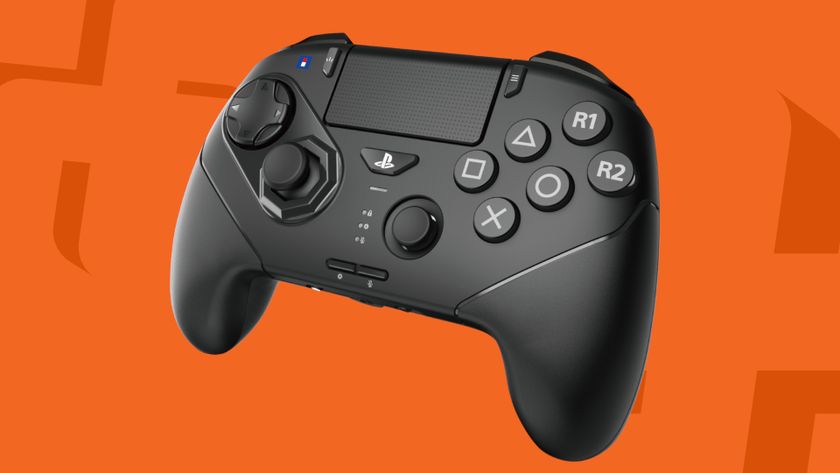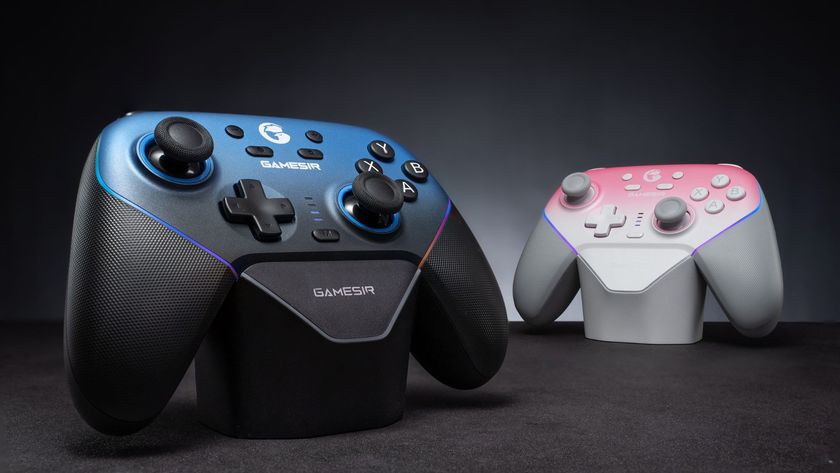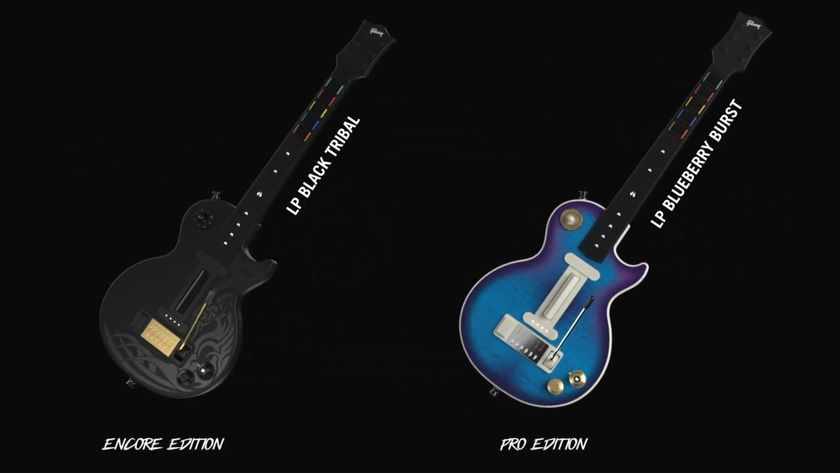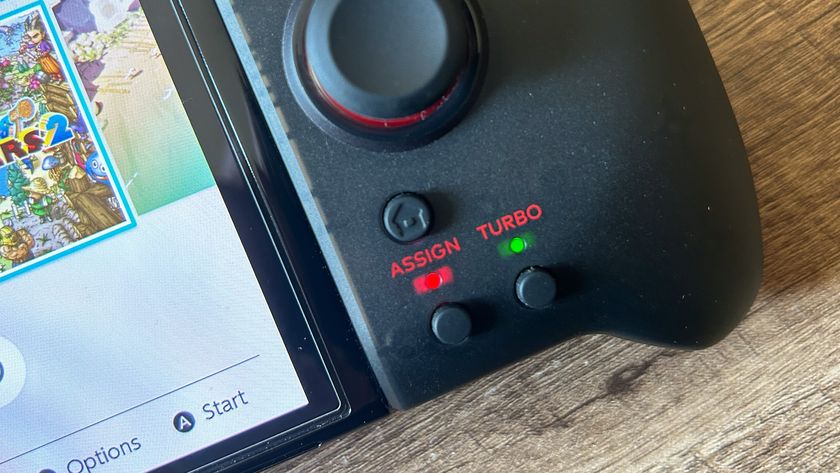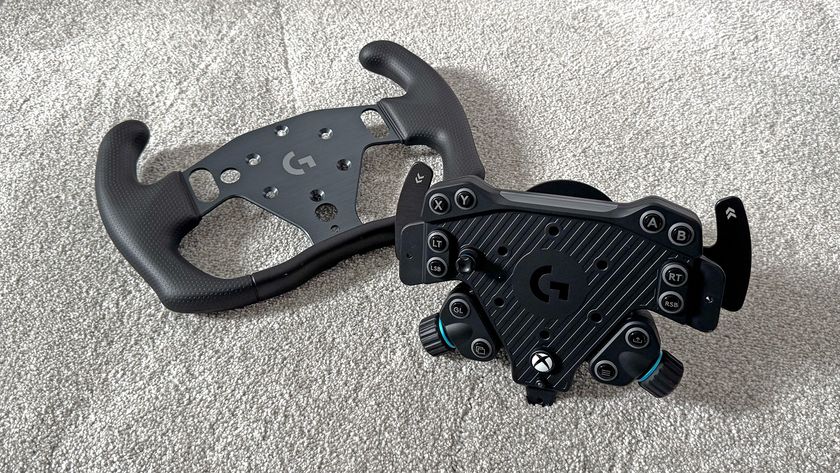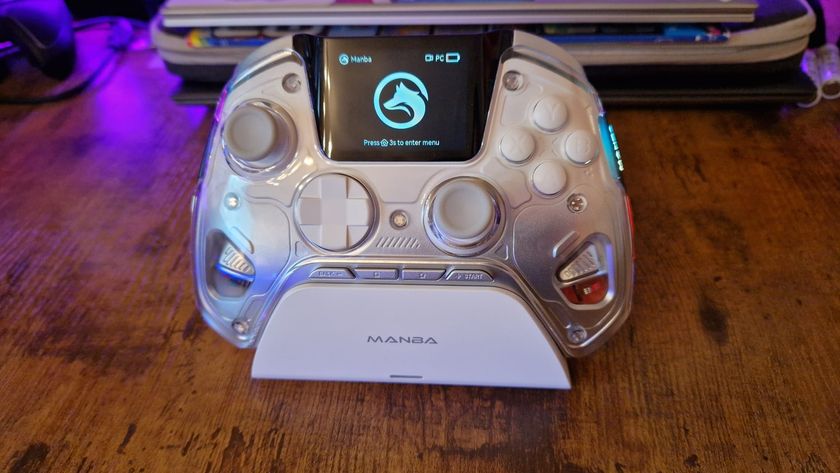Ask GR Anything: Why can't controllers be charged wirelessly?
Cords, batteries and rechargeable lithium packs may someday be a thing of the past

Ask GR Anything is a weekly Q%26A column that answers questions submitted by readers (as well as questions we're particularly curious about ourselves). Got a burning question about games or the industry? Ask us in the comments below and you may just get it answered!
A couple weeks ago, we dug into a reader question about how some controllers are able to communicate with a gaming console wirelessly. While that was fascinating (in our own humble opinion), there was a second part to the question that we had to delay simply because the first part took so long to explain.
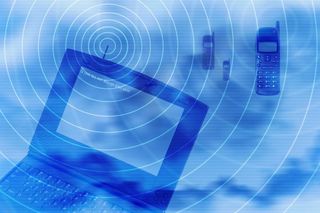
The second part asked why controllers can't charge wirelessly even though they can communicate at-range. The answer is both simple and complicated at the same time, so we'll try to keep the technical mumbo-jumbo as far away as possible.
The first thing you should know is that wireless power is entirely possible. It just sucks right now. Not even a little bit, either – it’s incredibly useless, although (as we'll explain later) there are efforts under way to fix that.
The fundamentals of wireless power are already well understood. In fact, it's not terribly different from the way radio waves work, which is what we discussed two weeks ago. Radio devices (controllers, cordless house phones, radios, etc.) send out a low-powered signal in all directions at a specific frequency. Anything within range can detect that signal, as long as it’s more powerful than the background noise.
The same fundamentals apply to wireless power, since radio waves are a form of energy. With current models, an even amount of energy is sent out in all directions, and any wireless charging device within range can receive some power. However, the problems with this may already be apparent to you. Power is sent out in every possible direction, meaning up, down, left, right, one degree left of left, two degrees left of left (etc., ad nauseam). Every single possible direction is receiving the same amount of power, meaning that 99 percent (more than that, actually) of the energy sent out is wasted.
That's the real problem here. It's not that it's difficult (Nikola Tesla figured all of this out over a hundred years ago). It's just unbelievably wasteful.
Sign up to the 12DOVE Newsletter
Weekly digests, tales from the communities you love, and more

It all works because of the awesome realization, by James Clerk Maxwell in 1873, that electricity and magnetism are basically the exact same thing. They're like two sides of the same coin, two forms of the same phenomenon. The way wireless power works is by getting electricity from a normal source (outlet, battery) then changing it into magnetism so it radiates outward. Most of us did this in science class in grade school; just loop a wire around a piece of iron a few dozen times, connect both ends of the wire to each pole of a battery, and voila, you've got yourself an electromagnet.
Then, the object you want to charge can receive the magnetism and change it back into electricity to be stored in a rechargeable battery. Again, the issue is not with difficulty (a small-scale version of this is used in most electric toothbrushes), it's with wastefulness. There are other methods that use lasers to beam energy directly into a device, but lasers are very wasteful as well. Also, it's usually a bad idea to be beaming lasers around your home.
That said, researchers at MIT have developed devices that "tunnel" from the source to any device within range. This is done by a process called magnetic resonance, which regrettably, I can't explain too well here. There's not enough space, and I'm not an MIT researcher.
All you need to know is that the new technique can (on a small scale, for now) avoid the problem of wasting energy by naturally directing the flow of magnetism directly to the devices that need it. It's not easy, but it can be done. Most likely, it will one day be the norm.
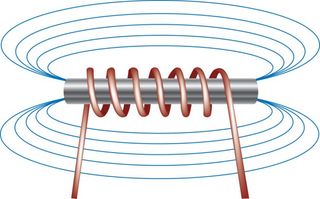
There are even theories being tossed around that could allow us to beam wireless energy into space for use on space stations and spaceships that don't feel like lugging around a nuclear reactor. With all this potential, wireless energy is one of the coolest ongoing fields of study, and could lead to some astonishing results. But for now, we're just hoping for a PlayStation 5 that doesn't tether us to the machine by its tiny recharge cable every 10 hours, and an Xbox 1080 that doesn't chug batteries.
Submit your own questions in the comments (or Tweet them to @sciencegroen) and we may tackle them for a future Ask GR Anything.
